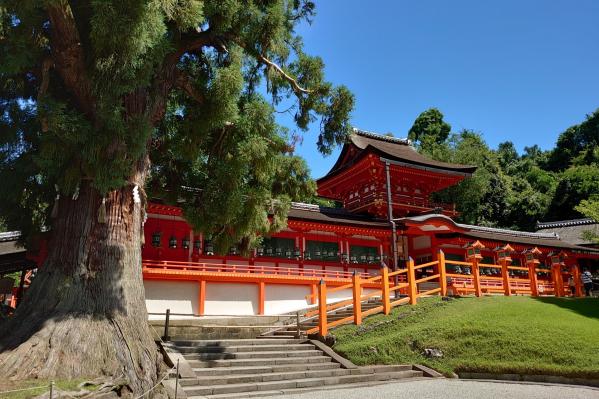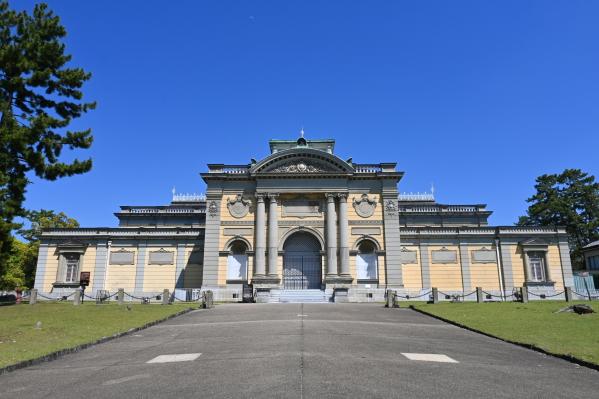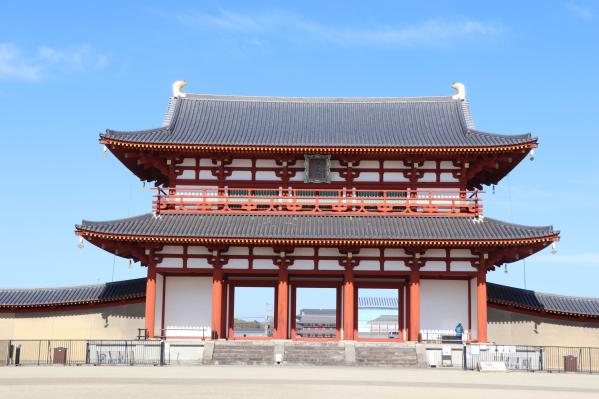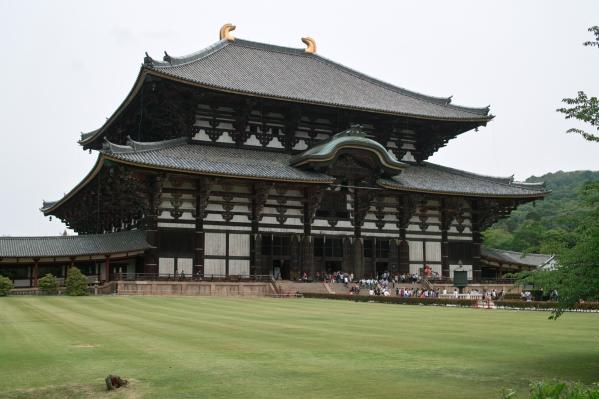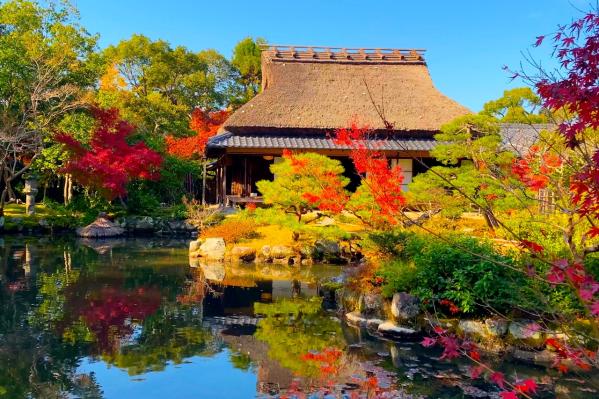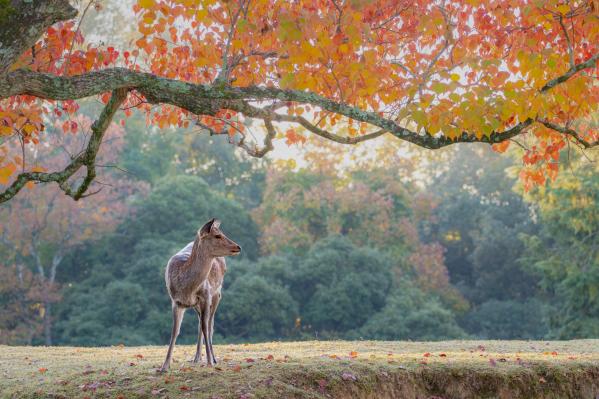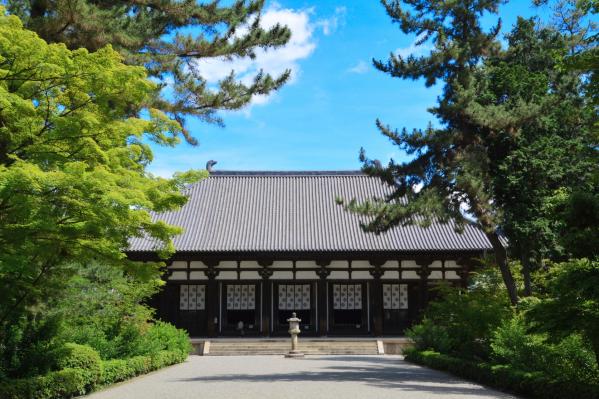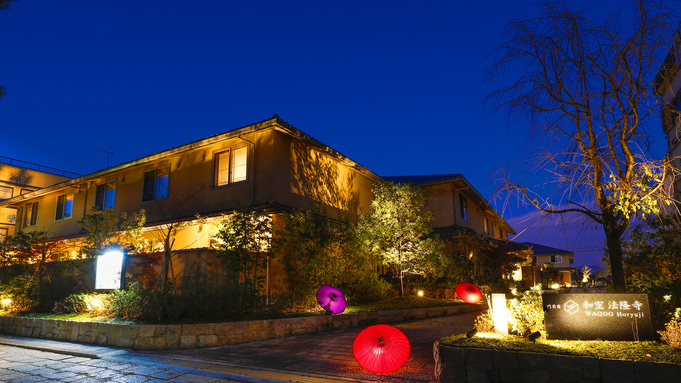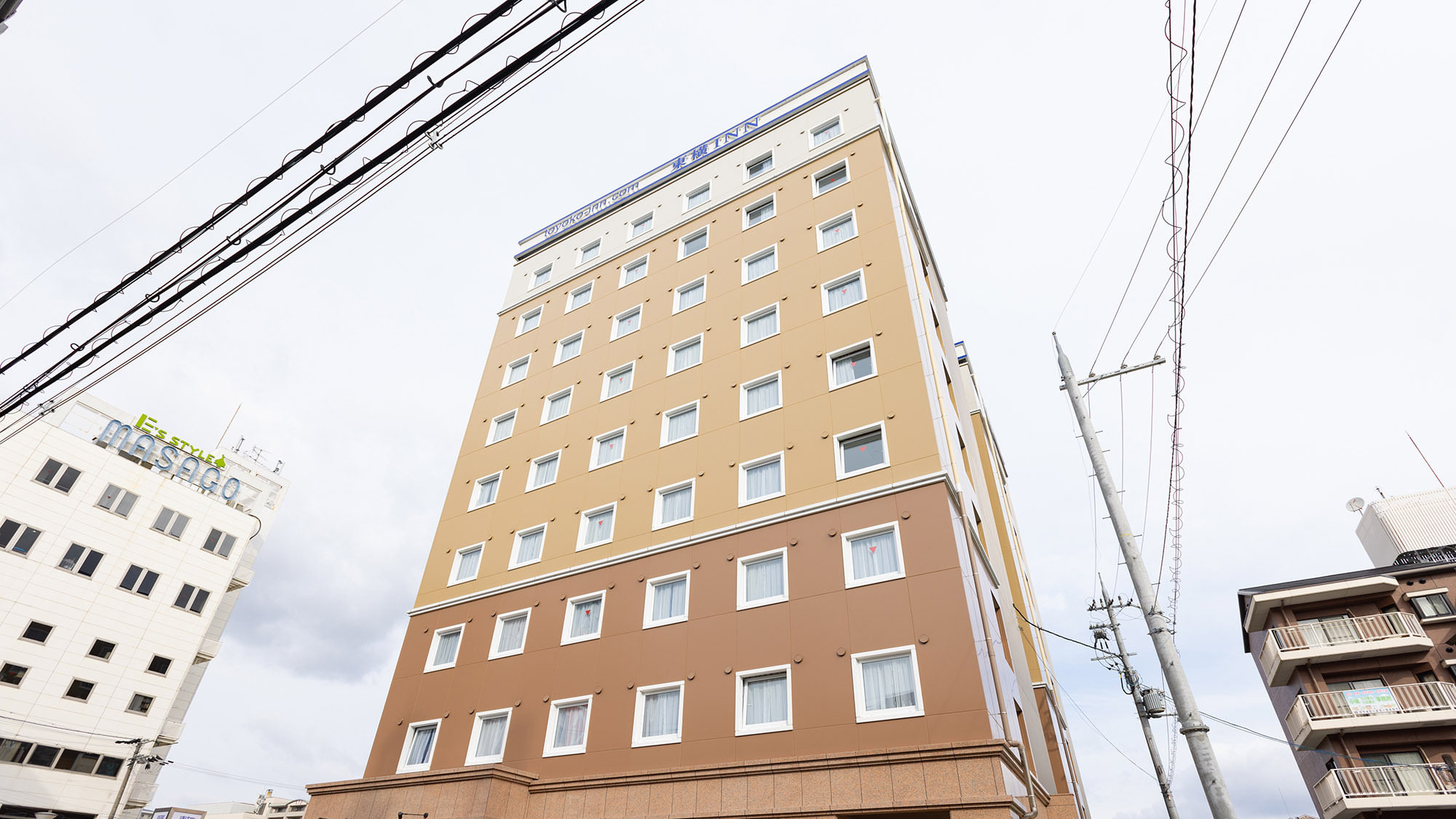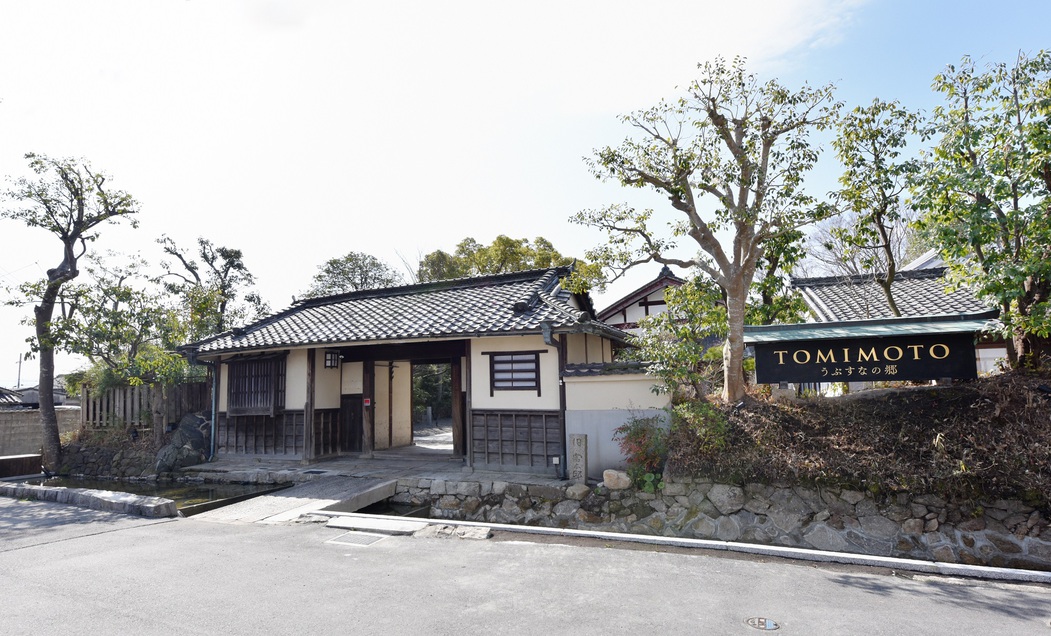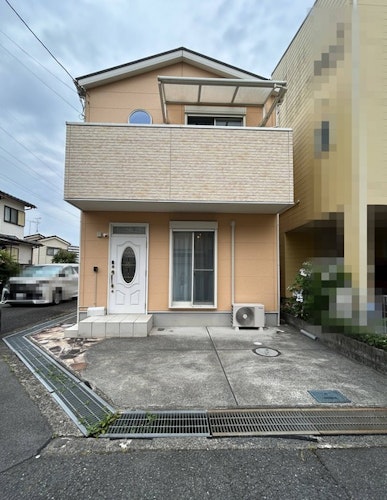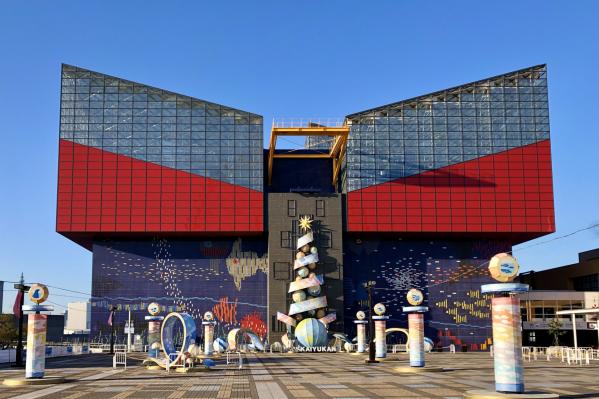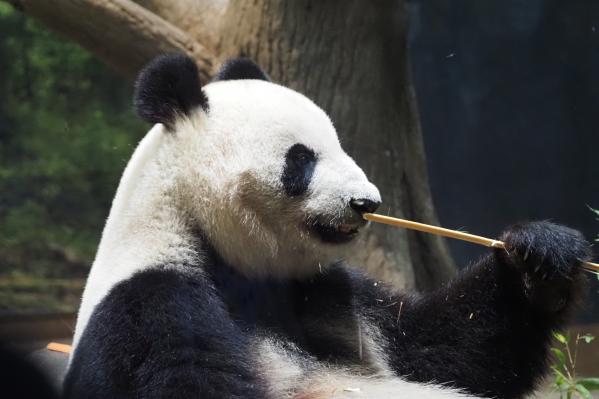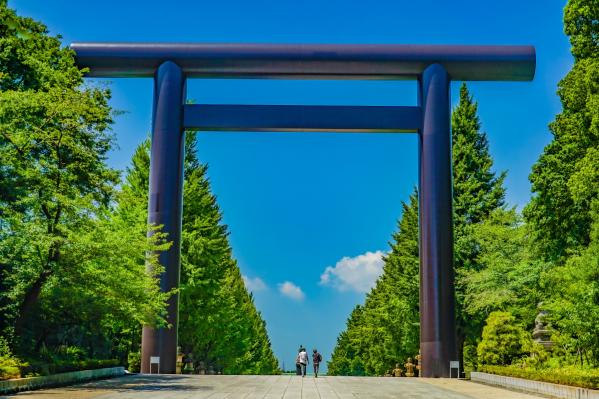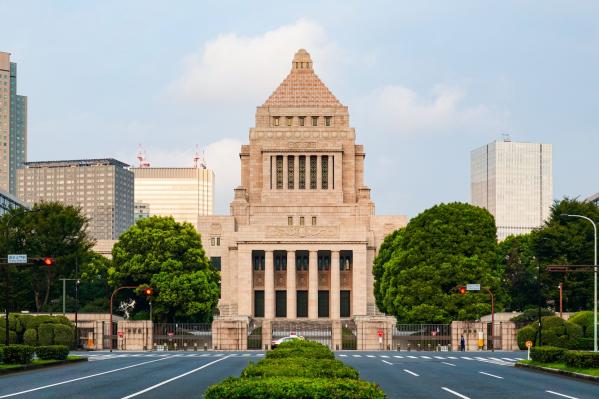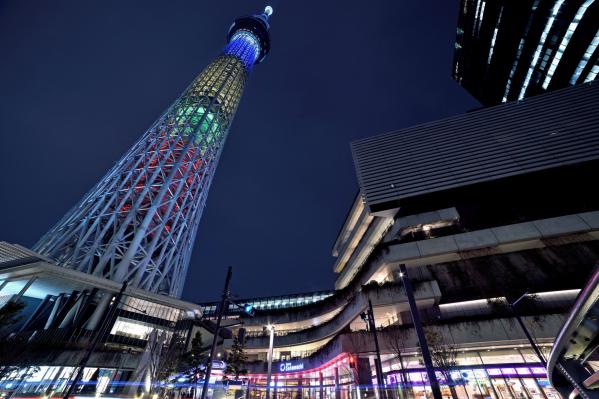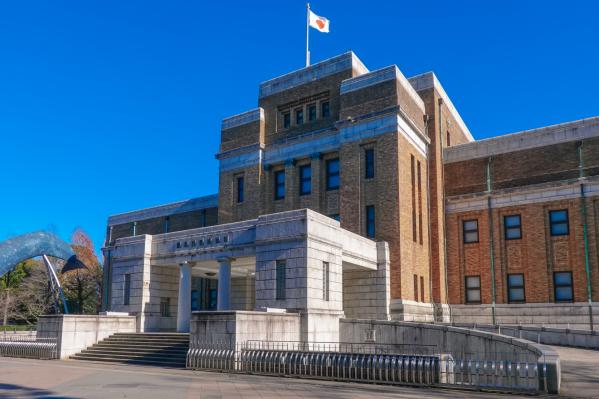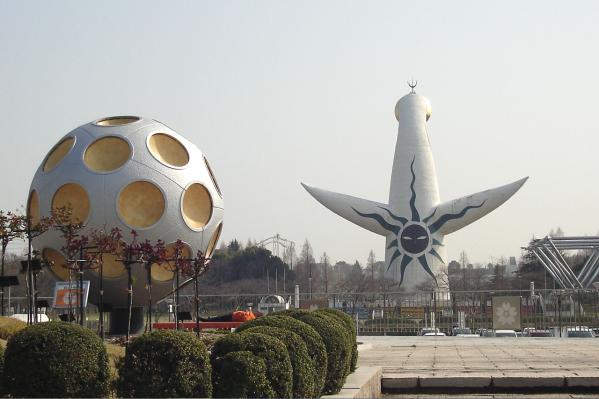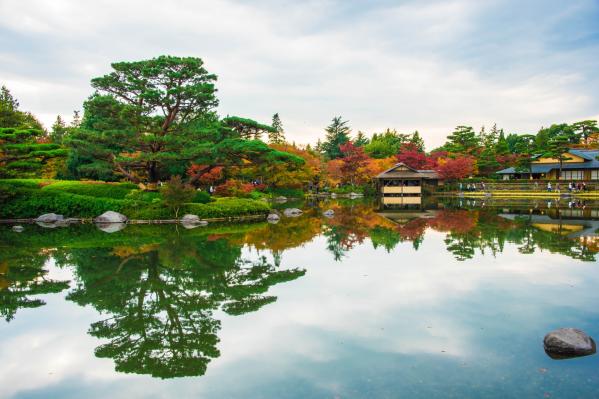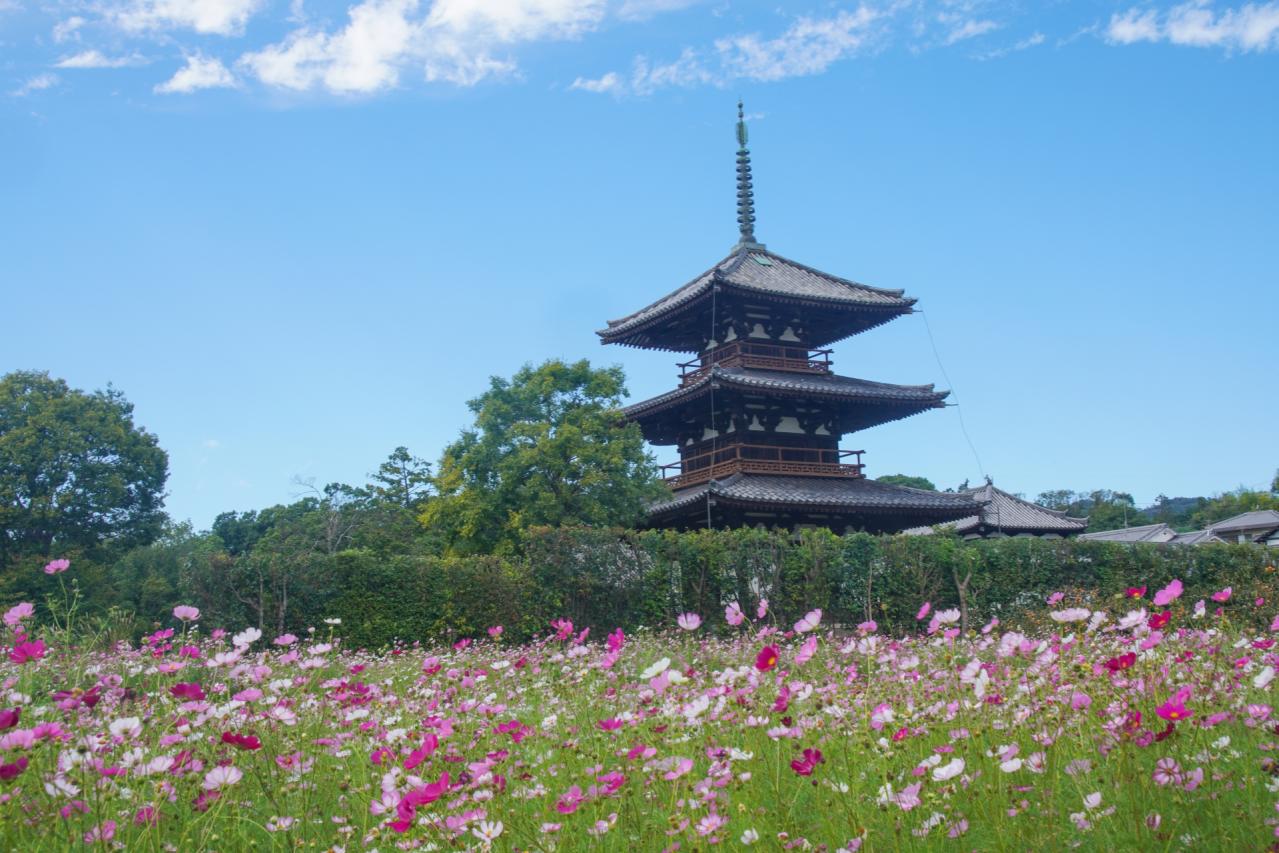
Horyu-ji Temple
Hōryū-ji was built during the Asuka period, and in particular, the Western Precinct is known as the oldest wooden architecture in the world still in existence. The temple has been protected from fires and disasters, preserving its historical value to this day. The temple grounds house many national treasures and important cultural properties, with approximately 200 cultural assets in total. Hōryū-ji is recognized as a significant site in the context of Japanese Buddhist architecture and art.
Basic Information
- Spot Name
- Horyu-ji Temple
- Location
- 〒636-0115 1-1 Horyuji Sannai, Ikoma-gun, Ikaruga-cho, Nara Prefecture
- Access
- From JR Horyuji Station, take the bus to Horyuji and get off at "Horyuji Monzen," which is just a short walk away.
From Kintetsu Tsutsui Station, take the bus to Oji and get off at "Horyuji Mae," then walk 5 minutes.
From JR Oji Station (North Exit), take the bus to "Kokudo Yokota / Sharp Mae / Horyuji Mae" and get off at "Horyuji Mae." - Parking
- Town-operated (Regular car 500 yen, Large bus 2,800 yen)
- Business Hours
- Visiting hours:
8:00 AM to 5:00 PM from February 22 to November 3
8:00 AM to 4:30 PM from November 4 to February 21 - Fees
- Individual
Adults (middle school students and above)…1,500 yen
Elementary school students…750 yen - Contact Information
- Phone Number:0745-75-2555
- Official Website
Map
Detailed Information
In the serene village of Ikaruga, backed by the beautiful Yata Highlands and overlooking the expansive Yamata Plain, Prince Shotoku established the Ikaruga Palace in the 9th year of Empress Suiko (601). Shortly thereafter, the Prince vowed to construct a temple in memory of his deceased father, Emperor Yomei, which was completed around the 15th year of Suiko (607) and became Horyu-ji Temple.
Prince Shotoku actively incorporated China's outstanding politics and culture, especially Buddhism, into Japan, establishing temples such as Shitenno-ji, Chugu-ji, and Koryu-ji. He facilitated the country's development through the establishment of the Twelve Levels of Cap and the Seventeen Article Constitution, as well as by sending envoys to Sui China. Unfortunately, the Prince passed away at the age of 49 in the 30th year of Suiko (622), leaving the people in great sorrow.
After his death, the Prince's aspirations were inherited by his eldest son, Prince Yamashiro, but his clan was destroyed by the forces of Soga no Iruka. It is said that Horyu-ji was protected by those who revered the Prince, but according to the "Nihon Shoki," it was completely burned down in the 9th year of Tenchi (670). However, reconstruction soon commenced, and by the early Nara period at the latest, the main temple complex was restored in the Asuka style, giving rise to the Western precinct known today as the oldest wooden structure in the world.
On the other hand, Ikaruga Palace fell into ruin, and in response, the high priest Gyoshin of the Nara period, lamenting the state of the palace's site, erected the Yumedono (Hall of Dreams) around the 11th year of Tenpyo (739), marking it as a sacred site for the Prince's faith. Though many events have shaped its history, today Horyu-ji Temple offers the fortunate opportunity to view numerous Buddhist statues and buildings, as well as countless exquisite artistic crafts dating back to the Asuka period.
▶ Main Hall (Kondō)
The Main Hall is the oldest structure in the Western precinct, featuring a stable shape with deep eaves that are beautiful. The contrast between the gabled double-tiled roof and the thatched lower level creates a pleasing rhythm with the deep eaves, rafters, and supporting brackets. (Asuka period, National Treasure)
▶ Five-story Pagoda
The Five-story Pagoda, the oldest tower in Japan, has a shaft in the fifth story that is half the size of the lowest layer, providing stability in conjunction with the deep eaves. The eaves are gently supported by bracket arms, keeping the viewer's interest. The heart pillar rests on a foundation stone that contains Buddha's relics. (Asuka period, National Treasure)
▶ Middle Gate, Cloister, Scripture Storehouse, Bell Tower
Middle Gate
The Middle Gate, originally the entrance to the Western precinct, features deep eaves and has a distinctive shape with four bays and two entrances. The columns have entasis, and the upper section is adorned with the same swastika pattern and herringbone style as the Kondō, preserving the grandeur of Asuka-period architecture. (Asuka period, National Treasure)
Cloister
The Cloister connects the bell tower on the east, the large lecture hall in the center, and the scripture storehouse on the west, encircling the standing Five-story Pagoda and Main Hall. Before the Heian period, the cloister closed in front of the scripture storehouse and bell tower, with the large lecture hall, scripture storehouse, and bell tower built on the exterior of the cloister. The east side is considered to have been one bay longer than the west to maintain balance between the Main Hall and the pagoda. (Asuka period, National Treasure)
Scripture Storehouse
This building was established to house scriptures, but currently enshrines a statue of the Baekje scholar Kanroku, who is said to have introduced astronomy and geography to Japan (Heian period). Inside, there is one of the three treasure houses (the others being inside the Main Hall and in front of the large lecture hall) which is said to have treasures sufficient to restore Horyu-ji. (Nara period, National Treasure)
Bell Tower
This building was destroyed by lightning along with the large lecture hall in 925, and the current bell tower was rebuilt modeled after the scripture storehouse. The hanging bronze bell inside is a copper bell from early Nara period and is rung during annual events. (Heian period, National Treasure)
▶ Large Lecture Hall
The Large Lecture Hall, located to the north of the Main Hall and Five-story Pagoda and originally independent of the northern cloister, was destroyed by fire in 925 and was reconstructed in 990 to nearly the same size as the original. The cloister was then extended to the north to connect to it, creating a spacious and refreshing area in front. The statue of the Three Medicine Buddha enshrined inside was newly created during this reconstruction. (Heian period, National Treasure)
▶ Treasure House and Baekje Kannon Hall
The Treasure House, which is composed of a series of treasure houses to the east and west centered on Baekje Kannon Hall, houses numerous historical treasures that have been passed down at Horyu-ji. Among them, the palace-shaped Tamamushi Zushi, which conveys the architectural style of the Asuka period and features the wings of a tamamushi beetle beneath the surrounding metal fittings, stands out. Additionally, there are other exquisite items such as a cabinet that enshrines an Amitabha not seated on a lotus emerging from the lotus pond, with delicate backboards and mandorla representing the divine. There is also the Dream-change Kannon statue, which is believed to turn nightmares into good dreams, along with other artifacts like the nine-faced Kannon statue made of white sandalwood introduced from China, wall paintings depicting celestial beings in the Main Hall, and the Million Pagoda, which continues to express the vibrant culture of ancient times.
▶ Seiryoin and Eastern Room
Seiryoin
With the rise of faith in Prince Shotoku, Seiryoin was built by renovating the southern end of the Eastern Room to house the statue of Prince Shotoku (late Heian period). The interior features three altars, with the central altar enshrining the statue of the Prince, the left altar hosting figures of the Prince's eldest son, Prince Yamashiro and his brother Prince Shokuri, and the right altar featuring figures of Prince Sonkuro and the monk Heiji from Goguryeo, all of which are National Treasures and are only opened to the public during the memorial service on March 22 each year. (Kamakura period, National Treasure)
Eastern Room
To the east and west of the Western precinct, there are long buildings known as Eastern and Western Rooms. The Eastern Room, located to the east, served as the living quarters for monks residing at Horyu-ji. Adjacent to the eastern side of this building is the wife’s room of a monk's residence. (Asuka period, National Treasure)
▶ San-kyoin and Western Room Upper Hall
San-kyoin & Western Room
San-kyoin is named after the "Three Sutra Commentaries" written by Prince Shotoku, who provided commentary on the "Kannonkyō," "Vimalakīrti Sūtra," and "Lotus Sutra." It was built by renovating the southern end of the Western Room. In the Western Room, lectures on these three sutras are conducted annually for three months during the summer retreat period (May 16 to August 15). (Kamakura period, National Treasure)
Upper Hall
This hall is said to have been built at the behest of Prince Toneri, a son of Emperor Tenmu, during the Nara period, but collapsed in 989, and the current building was reconstructed during the Kamakura period. Inside the hall, there is a statue of the Three Shakyamuni Buddhas from the Heian period (National Treasure) and Four Heavenly Kings statues from the Muromachi period (Important Cultural Property). This hall is opened for special viewings from November 1 to 3 each year. (Kamakura period, Important Cultural Property)
▶ Yumedono, Picture Hall, Reliquary Hall, Denpo Hall, Eastern Bell Tower
Yumedono
Upon passing through the Eastern Great Gate of the Western precinct, the expansive approach reveals the Eastern precinct with the magnificent Yumedono shining on the roof. This site marks the location of Prince Shotoku's Ikaruga Palace, where the highly regarded high priest Gyoshin lamented the ruin of the palace and initiated the construction of a hall dedicated to the Prince's memory. It is believed that the first Shoryo-e ceremony was held in 748 at this holy site.
Standing on a high platform, the octagonal Yumedono is the main hall of the Eastern precinct, originally built during the Tenpyo period. It underwent significant renovation in the 2nd year of Kanki (1230), altering its height, eaves, and structural composition, yet it retains enough of its original timbers to be almost restored to its Tenpyo appearance. (Nara period, National Treasure)
Yumedono Honzon Special Opening
Spring: April 11 to May 18; Autumn: October 22 to November 22
Picture Hall and Reliquary Hall
To the east of this building is the Reliquary Hall, which houses the sharira (relics of Shakyamuni Buddha) that appeared from the hands of Prince Shotoku when he was two years old. Currently, there is a "Sharira Ceremony" held for three days starting January 1, during which the relics are displayed. Additionally, there is a Picture Hall on the west side that contains sliding screen paintings depicting the life of Prince Shotoku. (Kamakura period, Important Cultural Property)
Denpo Hall
Denpo Hall is a transformation of the residence of Tachibana Konakatichi, the wife of Emperor Shomu, into a temple hall, and features a rare wooden floor for its time. Inside, there are three sets of dry lacquer statues representing the Three Amitabha Buddhas (Nara period), along with numerous other Buddha statues. (Nara period, National Treasure)
Eastern Bell Tower
This bell tower is a Kamakura period structure of the "hakama-goshi" style, with a bell from the Nara period bearing the inscription "Chugu-ji" hanging inside.
▶ Western Round Hall and Yakushi Nyorai Statue
Western Round Hall
To the northwest of the Western precinct, there stands the Western Round Hall, an octagonal hall housing the statue of Yakushi Nyorai, known as the "Yakushi of Mine." According to tradition, it was built by Gyoki Bodhisattva at the request of Tachibana Fujiwara no Kōmyō in the 2nd year of Yōrō (718). The current structure was rebuilt in the 2nd year of Kenchō (1250), but highlights of the Tenpyo period can still be observed in the tuff stone foundation and two-tiered pedestal.
Surrounding the central Yakushi Nyorai statue are twelve guardian deity statues, while a thousand-handed Kannon statue is placed to the east and the Fudo Myoo statue to the north. Many swords, bows, armor, and mirrors commemorating the virtues of Yakushi Nyorai have been offered, and over ten thousand of these treasures are currently housed in the treasure repository. (Kamakura period, National Treasure)
Yakushi Nyorai Statue
Seated on an octagonal platform, this large statue of Yakushi Nyorai, crafted in dry lacquer, is revered and attracts many devotees. The halo, added in the Kamakura period, features seven Yakushi Buddhas and one thousand smaller Buddhas attached to a double circle. (Nara period, National Treasure)
▶ South Great Gate
The South Great Gate serves as the main entrance to Horyu-ji and is an eight-legged gate with three bays and one door. Originally, it stood at the stone steps in front of the Middle Gate during the construction of the current Horyu-ji, but it is said to have been relocated due to the expansion of the temple precincts. The original structure was burned down in the 7th year of Eikyō (1435), and the current gate was rebuilt in the 10th year of Eikyō (1438). (Muromachi period, National Treasure)
▶ Dining Hall and Tsunafuzura
Dining Hall
Originally serving as the temple administrative office, it transitioned into a dining hall where monks would have their meals during the Heian period. This building is known as "Sōdō" due to its construction style that connects the dining hall to the adjacent small hall (Sodō) on the south side. (Nara period, National Treasure)
Tsunafuzura
The Tsunafuzura is a storehouse for temple treasures. This structure is built in a style called "Double Storehouse." It was originally a government-sealed storehouse similar to the Shōsōin but came to be called this because the opening and closing of the storehouse were entrusted to the "Monk's Administration," which managed various temples. (Heian period, National Treasure)
▶ Eastern Great Gate and Tsukijibei
Eastern Great Gate
Also known as the "Naka-no-mon," this gate stands between the Western precinct and Eastern precinct. It used to face south, built on the east side of Kagami Pond, but is said to have been moved to its current location around the Heian period. This gate is a rare example of a three-roofed structure, a representative building from the Nara period. (Nara period, National Treasure)
Tsukijibei
The Tsukijibei are constructed using a method called "ban-taku," where layers of clay are compacted with poles. At Horyu-ji, the Tsukijibei, particularly the large ones called Ogaki extending on both sides of the South Great Gate and those enclosing each sub-temple, delineate each sacred area. The compacted layers of the Tsukijibei are gradually eroded by rain and wind, causing a striped pattern that forms part of the historical landscape. (Momoyama to Edo period, Important Cultural Property)
Horyu-ji Temple Movies
Nara Tourist Attractions
View ListKasukadai Shrine
Kasuga-taisha Shrine was established in the second year of Jingo-Keiun (768) and the current shrine buildings were completed in the early Heian period in 794. It flo...
Nara National Museum
The Nara National Museum is a historic museum located within Nara Park, adjacent to world heritage sites such as Todai-ji Temple and Kofuku-ji Temple. Established in...
Heijo Palace Ruins
The Heijo Palace Site is the center of Heijo-kyo, which was relocated from Fujiwara-kyo in 710, and it was registered as a UNESCO World Heritage Site as "Cultural Pr...
Todai-ji Temple
Todai-ji is one of Japan's most renowned temples, founded during the Nara period in the capital of that era, Heijo-kyo, as a kokubunji (provincial temple). The most ...
Isuien Neiraku Art Museum
Isui-en is a representative Japanese garden in Nara, designated as a national scenic spot. It features two distinct gardens: the "前園" (Maezono) created during the ...
Tōshōdaiji
Tōshōdai-ji is a temple founded by the Tang dynasty monk Jianzhen in the Nara period, established in 759 (the 3rd year of Tenpyō Hōji) at the former residence of Pri...








